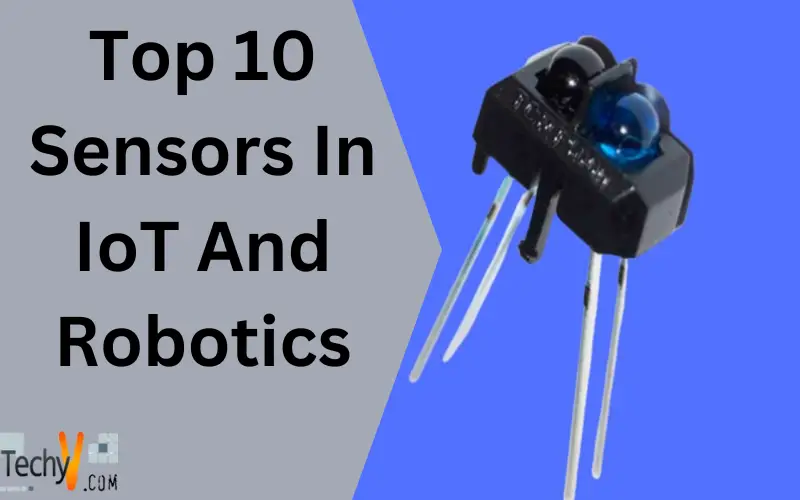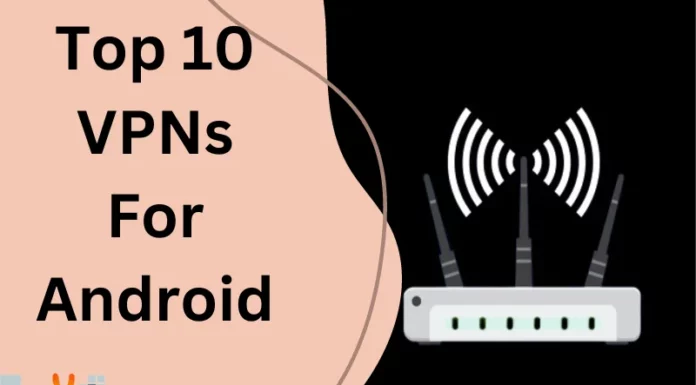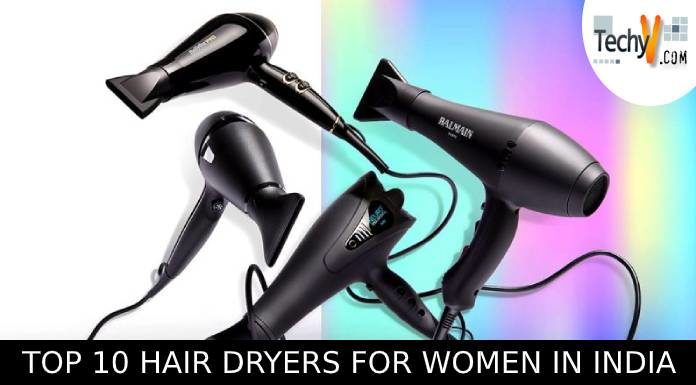If you are interested in electronics and robotics and looking for some information on same, then you must go through this article at least once. In this article, you will get to know the Top 10 sensors in IoT and robotics. Let us begin by understanding some key terms before delving into the article. A sensor interprets the analog value that means it can sense things like humidity, temperature, and light intensity that can be converted into digital signals. An IoT sensor is a device that contains a network of sensors that gathers real-time data and transmits it to nodes. In other words, it simply translates real-world data into valuable pieces of data. In fact, the use of sensors has simplified the concept of IoT. Businesses have started adopting different IoT sensors by integrating with communication networks for better performance. Now that we have understood these concepts let’s get into our article for an in-depth understanding of the topic.
1. Proximity Sensor
Proximity Sensors are primarily used in the retail industry to detect motion and understand the correlation between the customer and the product they want. It notifies the user about the discounts and offers on the products available in nearby locations. It detects the presence of a nearby object and informs it to the interested user without directly contacting them. It converts a piece of information to signals that can be easily understood by the user.
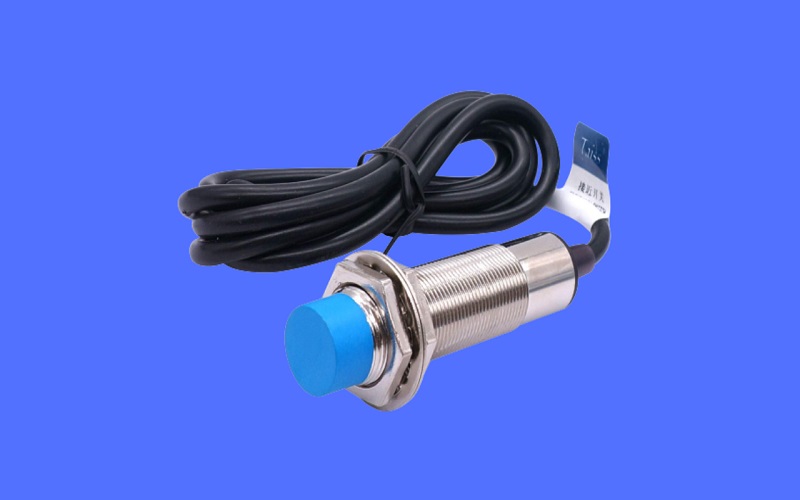
2. Pressure Sensor
A Pressure Sensor is a digital device that can detect the pressure level and convert it into an electric signal. It supports IoT systems by monitoring devices with high pressure. It also ensures that the pressure remains within the designated range. And in case of any fluctuation, these sensors promptly alert the system administrator for timely resolving the issue. Pressure Sensors are helpful in producing water and heat systems, where pressure changes are easily identifiable.

3. Ultrasonic Sensor
An Ultrasonic Sensor is a perfect tool for warehouse projects, particularly in automating tasks like box-carrying robots. It is well-equipped with a transmitter and a receiver. As the name suggests, it uses ultrasonic waves for detecting an object. It is also helpful in building a DIY radar system and in gaining a deep understanding of how radar technology works.
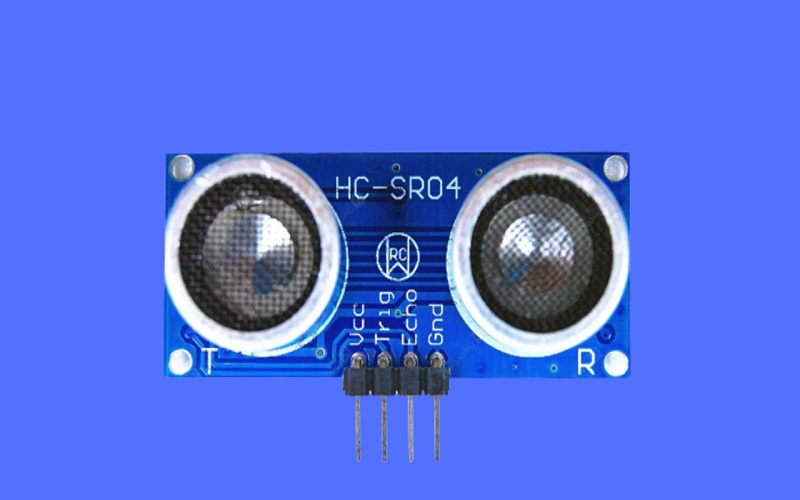
4. Temperature Sensor
A Temperature Sensor measures the amount of heat energy needed for detecting a physical change in the temperature from a particular source. Its usage is not limited to only A/c or refrigerators, but they have been helpful in agricultural and manufacturing processes. It consists of Thermocouples that can detect the changes in the voltage.
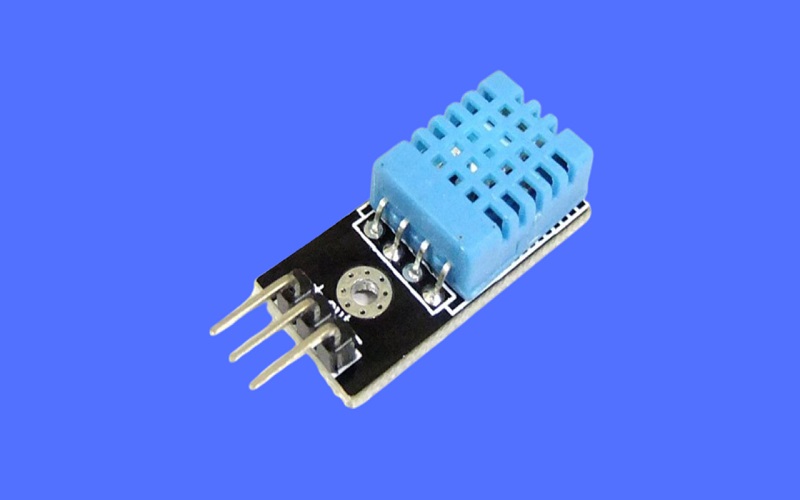
5. Optical Sensor
An optical sensor is a powerful tool that captures the physical essence of a light and transforms it into a digital signal. These sensors have a wide variety of applications across different industries. In the automobile industry, it aids in tasks such as image recognition, smart parking, and light detection. Optical Sensors are also used in the healthcare industry to monitor and test health conditions. It has some significance in innovative city projects, where it plays a crucial role in preserving the integrity of urban infrastructure.
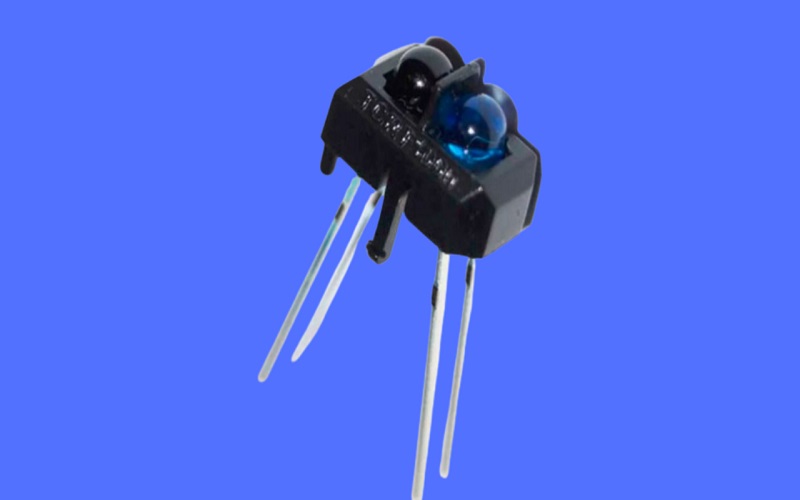
6. Motion Sensor
Motion Sensors are can detect the slightest movement of an object to which they are attached, be it a person or an animal. Business owners, government officials, and house owners use this IoT sensor to safeguard their privacy. It alerts the owner when some stranger approaches their property. Motion Sensors are also used in smartwatches to track an individual’s movements and changes in location.

7. Humidity Sensor
The Humidity Sensor measures the humidity level to ensure the smooth operation of various processes. If there is any fluctuation in humidity level, these sensors can immediately detect the change, enabling prompt responses. Humidity Sensors are used in industries for heating, ventilation, air conditioning, meteorology stations, and pharmaceuticals.
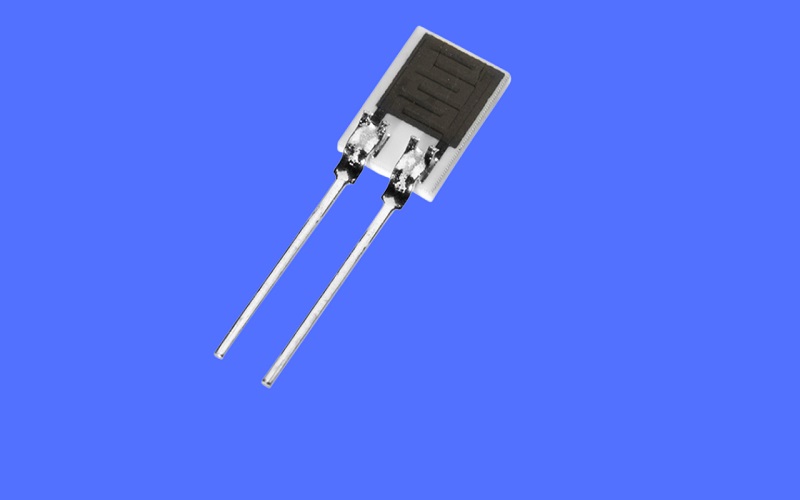
8. Water Quality Sensor
Water Quality Sensor detects different ranges of values to predict the water quality. It is used in water filtration and distribution systems. It helps in monitoring the contamination percentage in the drinking water. IoT sensors use pH and OPR to measure acid percentage in the water source. These sensors also ensure the safety of swimming pools by monitoring the number of bacteria in the water.

9. Gas Sensor
Gas sensors measure changes in air quality and identify the presence of various gases in the air. Many industries like agriculture and manufacturing have started using Gas sensors to monitor air quality, detect toxic gas, conduct chemical research, and manufacture paints and petrochemicals. Some typical gas sensors are Breathalyzer, CO2 sensor, Hydrogen sensor, and many more.

10. IR Sensor
The IR or infrared sensor can interpret certain specific features of its environment using infrared radiation. It measures the amount of heat emitted by a particular object. Their application extends to the healthcare sector, smartwatches, and even smartphones. It has also proven its ability to visualize heat leaks in electronic devices and reveal underlying layers within historical paintings. By detecting the chemical leakage, it helps in taking timely action and ensure the safety of our homes.




